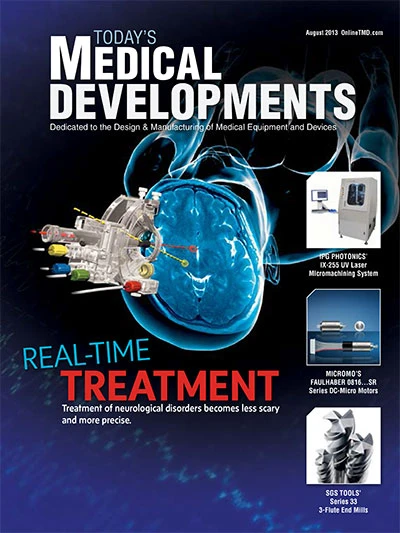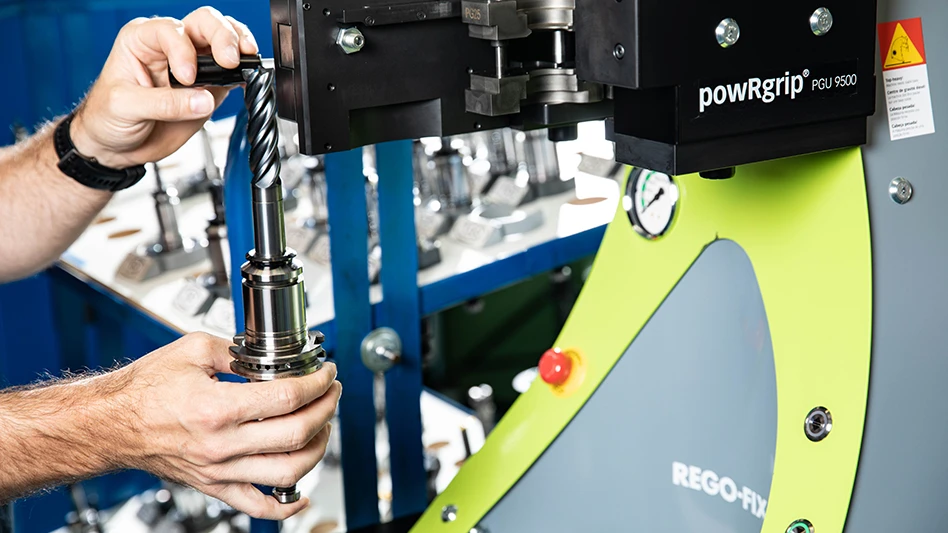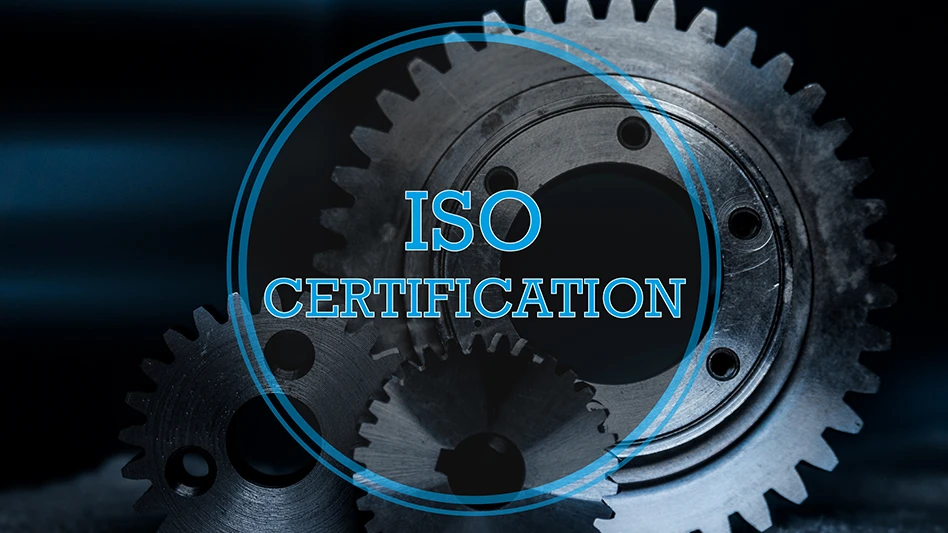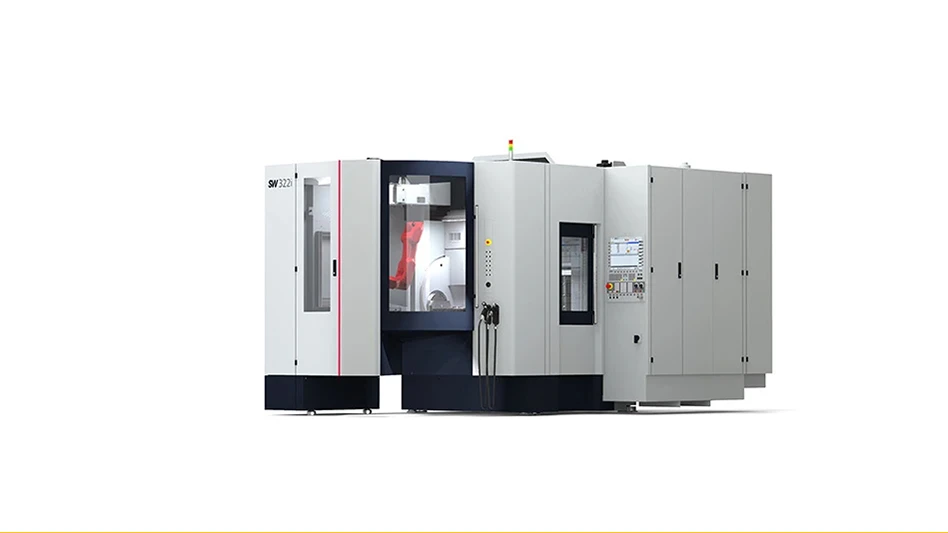 All parts are molded in a certified ISO Class 8 cleanroom, operating under an ISO 13485 quality management system. |
Whether it is vinyl dip molding, injection molding, extrusion, or compression molding, finding a partner that offers the right range of process options for producing a cover or cap for a medical product is a necessity. And, it’s not just a cap, but rather proven product protection.
“Caplugs is heavily entrenched in the medical device business, doing business with 25 of the top 30 medical device companies,” according to Kathy Burns, medical product manager, Caplugs. “We offer products – either standard or custom – that protect products during shipment and storage, as well as keeping open ports free of contaminants, protecting delicate threads, or finishing a product by covering rough edges and ends.”
Founded in 1948 in Buffalo, N.Y., Caplugs now has facilities in Erie, Pa.; Rancho Dominguez, Calif.; Hangzhou, China; and Shanghai, China.
“Although our primary business in general is caps, protective closures, plugs, etc., with the range of processes we offer, and our different facilities, our custom segment also includes functional components, such as Y-connectors, nasal cannula, etc.,” Burns says. “Because we are in many industries, much of our standard line works for the other segments – such as aviation, electronics, automotive, energy, and so on – but more than 70% of the medical work we do is custom. There is definitely a higher need in medical for custom compared to these other industries.”
When looking at the vast medical device market, and the range of available products, the custom need makes sense. And, in turn, with the diversity of products requiring protection, it logically follows that different processes may work better for one cover or cap, while another process may trump the go-to choice when different specifications are required. Here is where being able to offer a choice in available processes is a nice attribute to Caplugs’ customers.
 |
Process/Materials
Burns notes that most customers come to Caplugs not knowing what process will best solve their problems, but explains how the company is designed to offer a multitude of solutions. She says Caplugs engineers always guide the customers toward the right process.
“Typically, the customer has an issue that needs solved, and we have so much in our toolbox because of the different processes we have to choose from, that our engineers are able to find the right answer for their need,” Burns states. “As an example, vinyl-dip molding offers various shapes and addresses pretty unique geometries of parts, while injection molding is generally more appropriate for precise parts.”
So, what does each process offer to a customer? To start, injection molding at Caplugs occurs on one of the 135 injection-molding machines that range from 7 tons to 610 tons and produce more than 60 different standard styles of injection-molded plastic parts. In addition, there are more than 5,500 possible injection-molding tooling combinations to answer the needs of customers.
Compression molding finds use when silicone and OEM rubber is required for the product. This process is supported by unique compounding that is available, and done in-house by Caplugs engineers. In addition, the staff at Caplugs offers cryogenic trimming, as well as hand trimming, for precise, finished products.
Caplugs has 17 vinyl-dip molding machines that can produce more than 35 different series of standard parts. Customers are able to work with the engineers to choose from several standard colors, or work from Pantone to match a specific shade for the application. With regard to extrusion, the company offers multiple product lines, manufactured with the latest technology available, and offers flexible tooling. This enables quick changeovers for product runs.
In addition to offering the range of processes, all parts are molded in a certified ISO Class 8 cleanroom, operating under an ISO 13485 quality management system.
Quality Delivered
Caplugs delivers a 7-Step Process that Burns says, “enables our engineers to collaborate with the customer from an early stage in the process.” She adds that customer interaction from the R&D stage, through prototyping and production, to packaging, helps Caplugs engineers to deliver solid, custom-engineered solutions.
 |
The 7-Step Process is:
- Concept and Design – Dedicated technical sales specialists and engineers are assigned to each project in order to design solutions using 3D modeling, which is compatible with all CAD platforms.
- Rapid Prototyping – Prototypes are built in-house in order to confirm fit requirements before the production approval.
- In-House Tool Fabrication – Molds are produced in-house to offer greater process control, shorter lead times, and easier modifications.
- Full Production Capability – From small volume runs to millions of parts, the comprehensive manufacturing facility is able to answer customer needs.
- Medical Component Approval Process – Customers get formal verification that part design and production processes comply with all of their specifications, including chemical and physical analysis and full lot traceability.
- Packaging – The staff at Caplugs can meet special requirements such as poly-bagging and corrugate-free, or whatever the specification required.
- Inventory Management – Staff at Caplugs can inventory parts for JIT, Kanban, and other warehousing requirements.
“With the 7-Step Process and our vast range of molding processes available, well, I feel that this is one thing that really sets us apart from a good amount of competition. When you look at all we offer, it just comes together to really support our customers from start to finish,” Burns concludes.
Caplugs
Buffalo, N.Y.
www.caplugs.com

Explore the August 2013 Issue
Check out more from this issue and find your next story to read.
Latest from Today's Medical Developments
- Tariffs threaten small business growth, increase costs across industries
- Feed your brain on your lunch break at our upcoming Lunch + Learn!
- Robotics action plan for Europe
- Maximize your First Article Inspection efficiency and accuracy
- UPM Additive rebrands to UPM Advanced
- Master Bond’s LED415DC90Med dual-curable adhesive
- Minalex celebrates 60 years of excellence in miniature aluminum extrusions
- Tormach’s Chip Conveyor Kit for the 1500MX CNC Mill





